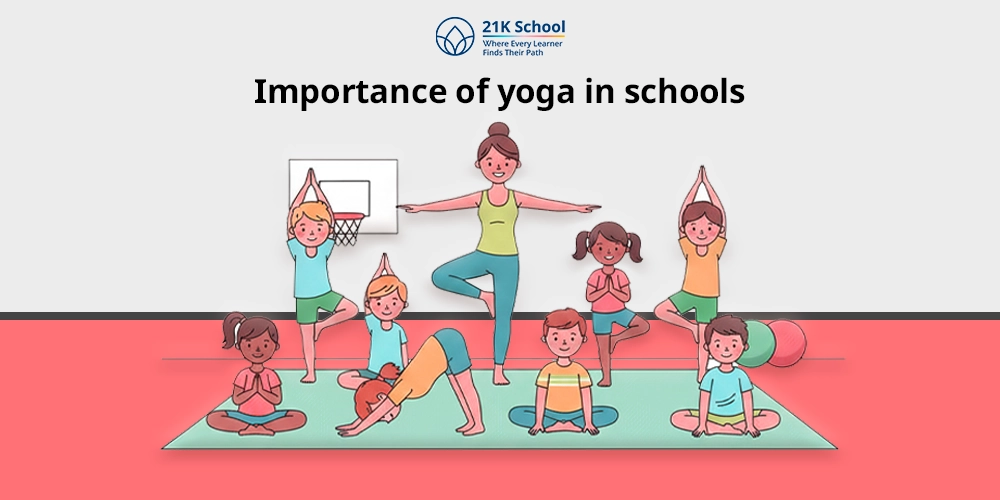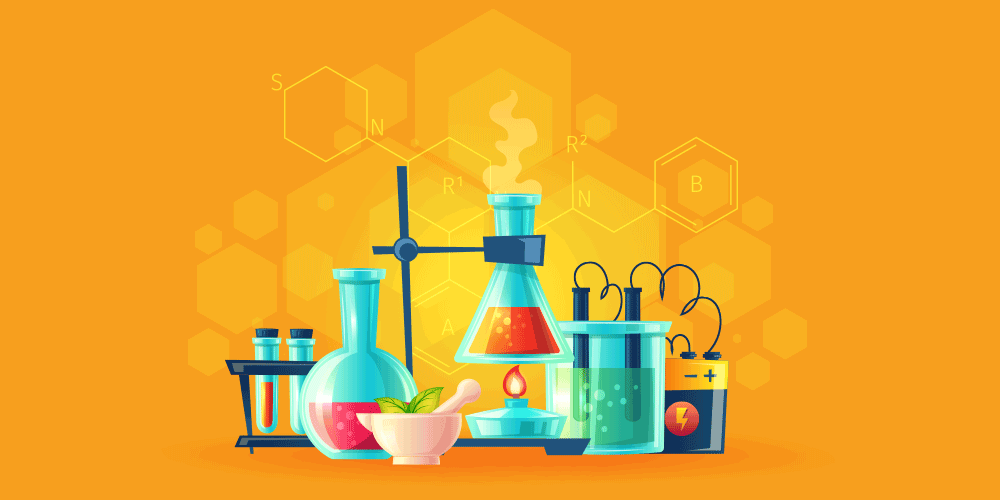
Are science projects on rocks and minerals too expensive? If so, it may be the recession’s toll on your child’s curiosity.
Not all experiments need pricey products. Here are some inexpensive ideas that your kid can perform at home.
Table of Contents
1. Making Rocks
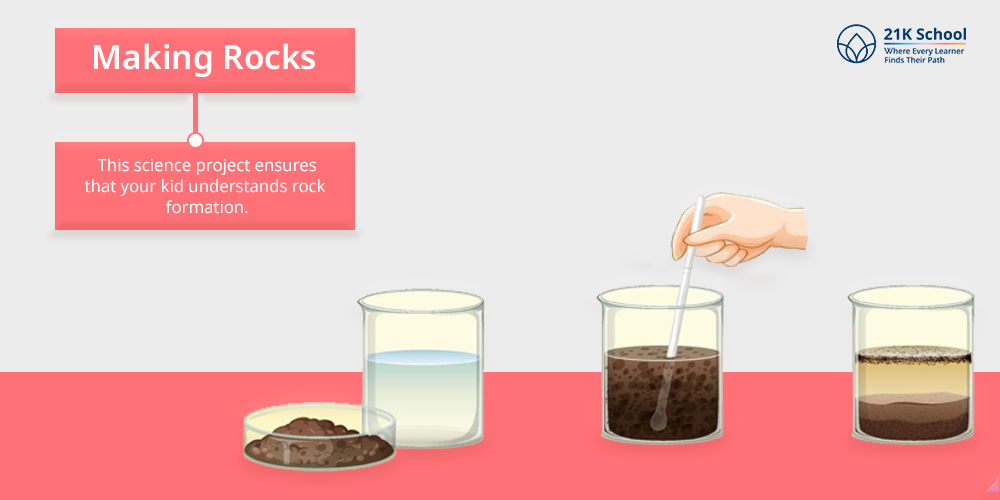
Making rocks at home sounds difficult at first. Yet, it is among the easiest experiments for your child to try. This science project ensures that your kid understands rock formation.
The process of making the rocks at home is both fun and educational . Moreover, it is easy. This is among the least expensive experiments.
You will need
- sand
- stones
- glue
- a container
Steps
Take the container and begin creating layers of sand, stones, and glue. Alternate the layers until the cup is still empty by around two-thirds. Wait for a couple of weeks until the rock formation is visible.
Observe and take notes according to changes. Separate the layers when no development is detected. The reason for this error could be the weather conditions.
2. Making Candy Crystals
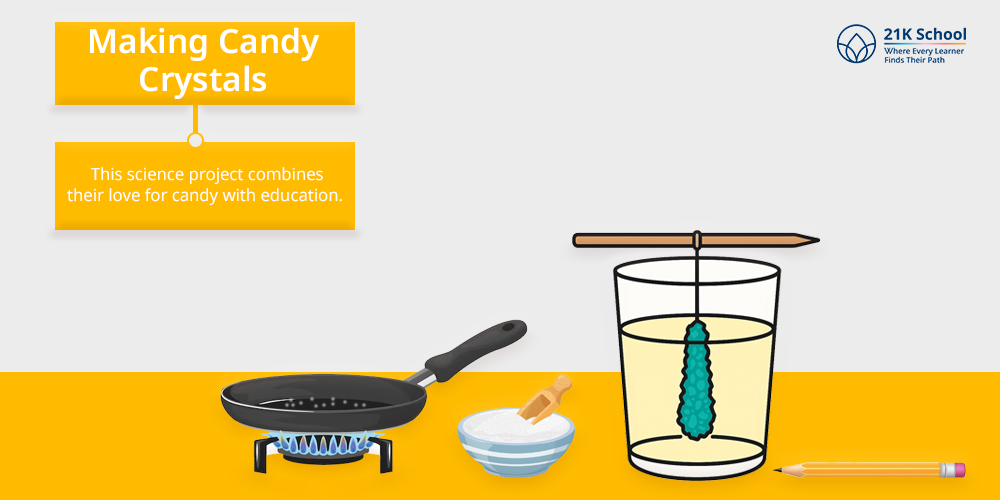
Testing and identification are at the heart of science. Your child can get firsthand experience in it by studying minerals. Children love sweets.
This science project combines their love for candy with education. This project requires your parental supervision. It teaches the child the process of crystallization.
Eating the product of their experiment gives children a sense of accomplishment. This is the most fun science project for kids.
Also Read: 10 Easy Science Experiments For Young Scientists
You will need
- a pan
- half a cup of water
- sugar
- a glass
- a thread
- a pen/pencil
- a wooden stick from ice cream
Steps
Begin with boiling water in the plan. Add a spoonful of sugar and keep adding another when the sugar dissolves. Continue until a clear syrup is formed. Let the syrup cool for ten minutes and transfer it into the glass.
Tie the pen/pencil on one end of the thread and the stick on the other end. Put the pencil at the top of the glass, letting the stick hang in this syrup.
In about a week, the mixture turns into a crystal and is also ready to be eaten by your kid.
3. Mineral Testing and Identifying
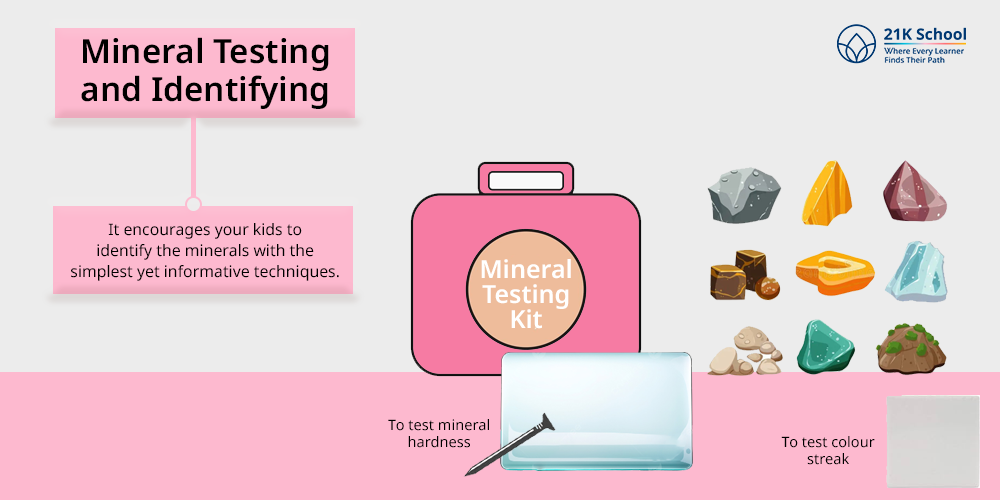
Minerals are diverse. Often, the equipment is expensive. These steps fulfil the function of costly tools for a mere fraction of the cost. This toolkit will let your child study the properties of minerals.
There are two components to this science project for your kid, a bag and testing devices. The kit ensures that the child can identify minerals.
This experiment lets children take their first step toward becoming scientists .
You will need
i) For the bag
- denim scraps
- thread and needle
- thick string
ii) For the kit
- a coin
- a piece of glass
- a tile
- a small quantity of vinegar
- a dropper
- rocks
- reference books
Steps
i) For the bag
Put two pieces of denim and sew three sides together. Put another layer over it as a cover.
ii) For the kit
Test the streaks of a mineral by scratching with rocks. Test what a rock contains using vinegar. If it fizzes, it contains calcium carbonate. Test the softness or the hardness of the rock from 1 to 10.
If a fingernail can scratch the rock, it’s either a 1 or a 2. If a coin scratches the rock, it’s a 3. If a knife or tile can scratch the rock, it’s a 4 or a 5. If the glass can cut it, it’s a 6.
If the rock can scratch a knife, it’s a 7 to 10 for uncommon minerals. Observe and take notes according to the changes.
4. Effect of Water on Rocks
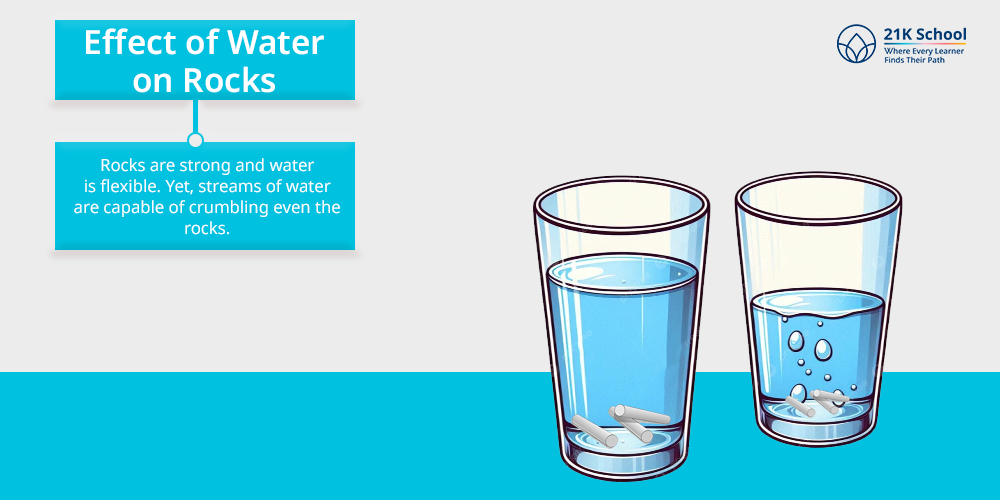
Rocks are strong and water is flexible. Yet, streams of water are capable of crumbling even the rocks. This science project lets kids see a display of the same. It takes a mere ten minutes for the completion.
Ask your child if the moving water will affect the chalk. This experiment can build observation skills in your child .
You will need
- chalk
- 2 cups
- water
- marker
Steps
Mark one cup and fill half of both cups with water. Put a piece of chalk in each cup and swirl the marked cup for some minutes. Observe and take notes according to changes.
The moving cup will dissolve the chalk more quicker. The friction present changes the speed of the reaction.
Conclusion
Rocks and minerals are fascinating. Such methods will help explain the nature of rocks, crystals, and minerals to your child. These science projects are inexpensive and can be tackled from home.
Thus, recessions, social distancing, and other issues can be overcome. Join your child and create shared memories that last forever while learning.

